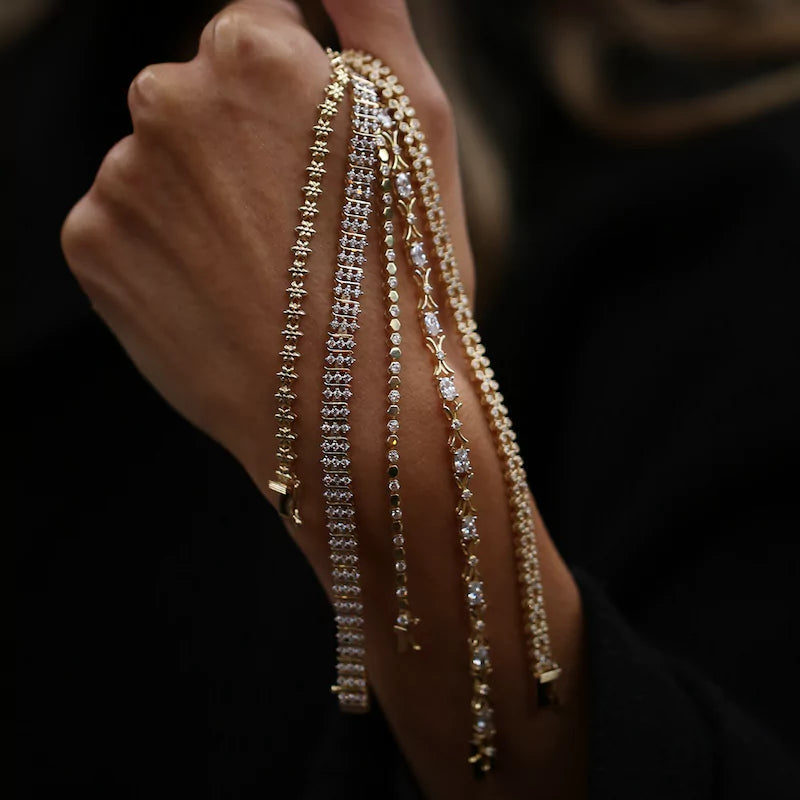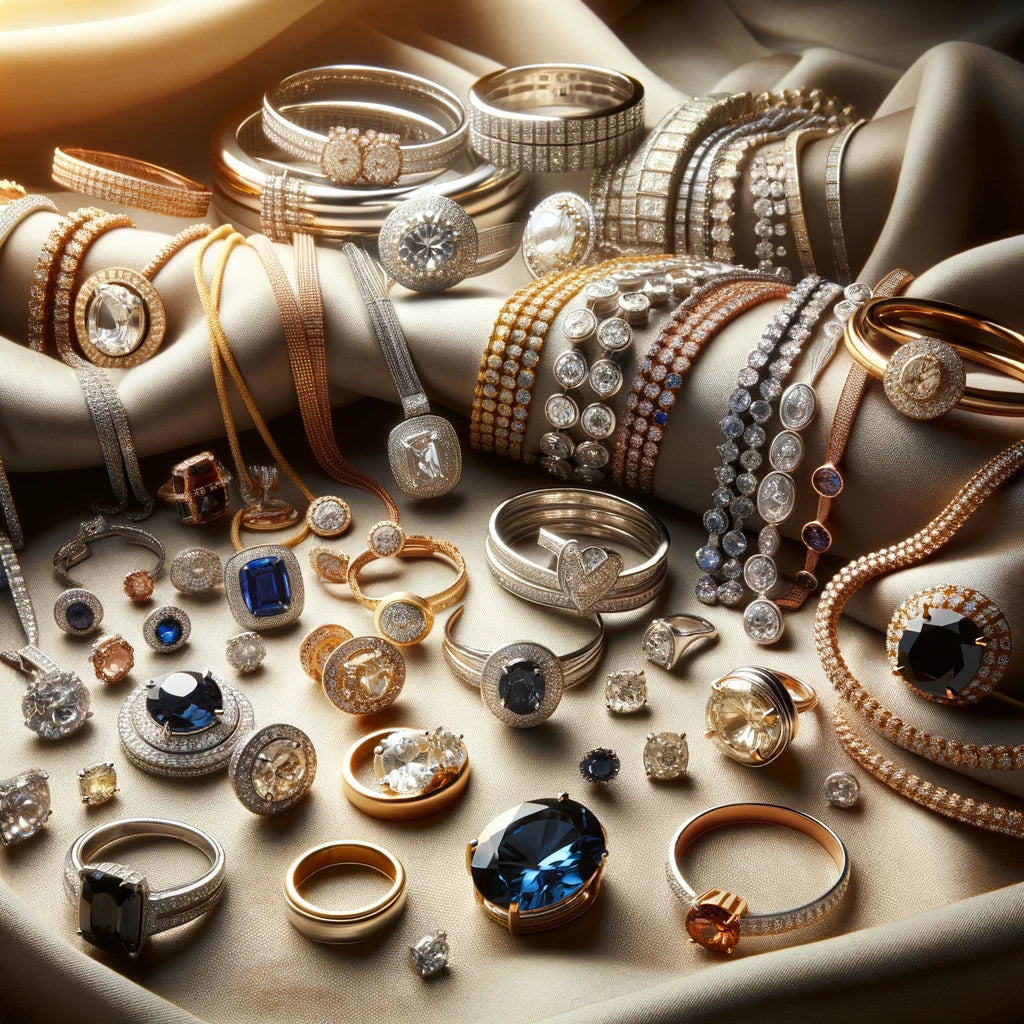Jewellery, a term steeped in allure and tradition, refers to decorative items worn for personal adornment. These pieces can be made from a myriad of materials, including metals, gemstones, and other natural or synthetic materials, and are worn for various reasons—fashion, function, or as a form of expression. Throughout history, jewellery has played a pivotal role in cultures worldwide, serving as symbols of status, protection, and artistic expression.
The History of Jewelry
Origins and Ancient Use
Jewelry's roots can be traced back to the dawn of civilization. Early humans used jewellery to adorn themselves for protection, spiritual reasons, and later, to show status and wealth. This ancient use underscores jewellery's profound impact on human culture and interaction.
Early Jewellery Materials
Initially, jewellery was crafted from readily available natural materials like bone, wood, stone, and shells. These materials were not only functional but also carried significant cultural and spiritual value, laying the foundation for the complex symbolisms of jewellery that would follow.
Jewellery in Ancient Civilizations
In ancient civilizations such as Egypt, Greece, and Rome, jewellery became a form of art and communication. In Egypt, it was deeply entwined with the belief in the divine and the afterlife, with pharaohs and common people alike adorned with beautifully crafted pieces to secure a safe journey to the afterlife. Greek jewellery reflected their love for the arts through intricate designs, while Roman jewellery emphasised wealth and status.
Evolution Through the Ages
Mediaeval Jewellery
During the mediaeval period, jewellery was rich in symbolism. Pieces often served dual purposes—adornment and as symbols of power and alliance. Kings and nobles would wear elaborate pieces that conveyed their authority and divine right, often embedded with gemstones believed to offer protection and strength.
Renaissance to Modern Day
The Renaissance sparked a surge in artistic expression, which was vividly reflected in jewellery designs. This era saw the rise of more intricate and artistically refined pieces. Today, modern jewellery combines traditional techniques with cutting-edge technology, offering pieces ranging from timeless elegance to contemporary boldness.
Types of Jewelry
By Form
Rings, Necklaces, and Earrings
These are among the most common types of jewellery, each serving different aesthetic and functional purposes. Rings can signify commitment, while necklaces often serve as the focal point of an outfit. Earrings add symmetry and grace to the wearer's features.
Brooches, Bracelets, and Watches
Brooches and bracelets have evolved from ancient protective wear to modern decorative items, often carrying sentimental value. Watches blend functionality with style, remaining indispensable accessories that complement daily attire.
Special Purpose Jewellery
Bridal and Ceremonial
In weddings and ceremonies, jewellery transcends mere decoration. It becomes a symbol of love, commitment, and tradition. Bridal jewellery is carefully chosen to complement the grandeur and theme of the wedding, often becoming cherished heirlooms.
Functional Jewellery
Functional jewellery like lockets and smart jewellery blend traditional aesthetics with practicality. Lockets can hold cherished memories, while smart jewellery offers modern utility by integrating technology, combining timeless beauty with contemporary functionality.



